Media
In the News
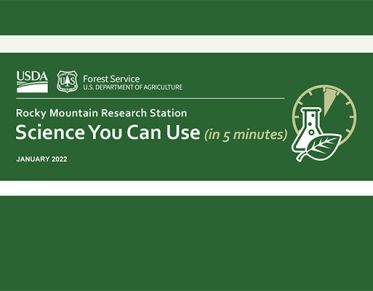
2020. Science You Can Use in 5 Minutes. Balancing bird habitat and conifer removal in the Great Basin.
Katherine Zeller, a research biologist with the Aldo Leopold Wilderness Research Institute housed within the Rocky Mountain Research Station, was part of a team of researchers who created a series of species distribution models to determine whether attempts to benefit sagebrush-associated bird species by removing trees would result in a loss of habitat for pinyon/juniper associated bird species. “What we wanted to know is how these conifer treatments might affect a greater suite of species,” she explains. “Not just the sage grouse but these other species of conservation concern.”
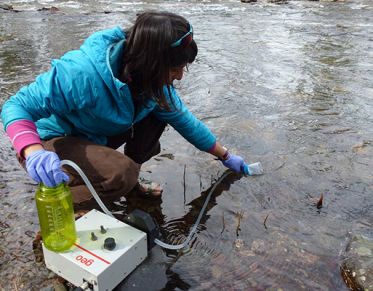
2021. Washington Post. eDNA for tracking elusive species.
Finding an endangered species or detecting the early arrival of a harmful invasive species “can be like finding a needle in a haystack,” says Kellie Carim, an aquatic research biologist with the National Genomics Center for Wildlife and Fish Conservation at the U.S. Forest Service’s Rocky Mountain Research Station in Missoula, Mont. “eDNA is the tool that allows us to find that needle.”.
The Washington Post explains how researchers like Dr. Carim are using eDNA for biological monitoring and conservation.
Videos

2020. Science You Can Use in 5 Minutes. Balancing bird habitat and conifer removal in the Great Basin.
Katherine Zeller, a research biologist with the Aldo Leopold Wilderness Research Institute housed within the Rocky Mountain Research Station, was part of a team of researchers who created a series of species distribution models to determine whether attempts to benefit sagebrush-associated bird species by removing trees would result in a loss of habitat for pinyon/juniper associated bird species. “What we wanted to know is how these conifer treatments might affect a greater suite of species,” she explains. “Not just the sage grouse but these other species of conservation concern.”

2021. Washington Post. eDNA for tracking elusive species.
Finding an endangered species or detecting the early arrival of a harmful invasive species “can be like finding a needle in a haystack,” says Kellie Carim, an aquatic research biologist with the National Genomics Center for Wildlife and Fish Conservation at the U.S. Forest Service’s Rocky Mountain Research Station in Missoula, Mont. “eDNA is the tool that allows us to find that needle.”.
The Washington Post explains how researchers like Dr. Carim are using eDNA for biological monitoring and conservation.
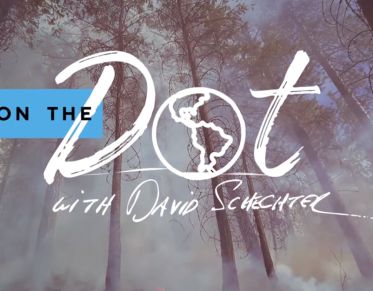
2023. CBS News, On The Dot with David Schechter.
CBS news presenter David Schechter interviews ALWRI's Dr. Sean Parks and colleagues.
Starting in the late 1800's, for nearly a century, fire suppression was America's national policy, putting out fires as soon as they start. While that successfully reduced the amount of forest burned, over time it led to a buildup of highly flammable dead trees and brush on the forest floor.

2021. Missoula Fire Sciences Lab Seminar Series. State-of-the-Science on Climate and Wildland Fire, Part 2. Intersection of climate and wildland fire
Intersection of climate and wildland fire.
Dr. Cliff Mass, Dr. Alexandra Syphard, Dr. Sean Parks
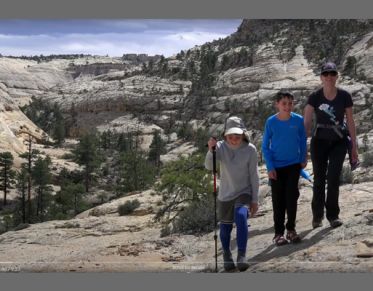
2018. ALWRI's Wild Science: Wilderness and Recreation
This short film, produced by the Aldo Leopold Wilderness Research Institute, examines the issue of recreation science in wilderness areas. What constitutes recreation science, and why is it important for wilderness stewardship? In interviews with leading scientist and land managers, we examine these complex questions in the context of two beautiful but very different landscapes: The wilderness of the Shenandoah National Park in western Virginia, and wilderness areas in lands of southern Utah, managed by the Bureau of Land Management.
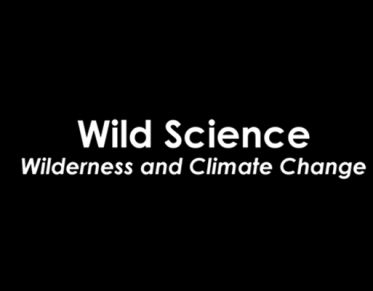
2016. ALWRI's Wild Science: Wilderness and Climate Change
The Kenai National Wildlife Refuge in Alaska is experiencing dramatic ecological changes due to climate change. More than ever, scientific inquiry is needed to inform land managers to know what to expect in the future, and also to come up with possible ways to deal with the new adaptations in species composition and landscape level changes. In this short film, a group of scientists on the Kenai explain how scientific inquiry in wilderness areas is key to unravel the many questions that arise from climate change.

2018. Honoring the Promise: Strengthening wilderness stewardship through training and science.
This film, produced by High Plains Films, provides an overview of the Arthur Carhart National Wilderness Training Center and the Aldo Leopold Wilderness Research Institute, who together work to strengthen wilderness stewardship through training and science.
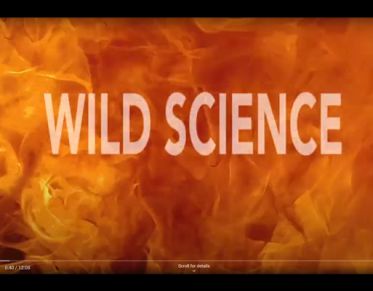
2017. Wild Science: Wilderness and Fire
The Aldo Leopold Wilderness Research Institute presents this short film about the critical importance of wilderness fire science to understanding the complex nature of forest fires, and to informing natural resource management across all landscapes.
Podcasts

2022. Conducting wilderness relevant research with Kellie Carim
This week, Kadie chats with Dr. Kellie Carim, a Research Ecologist at the Aldo Leopold Wilderness Research Institute in Missoula, MT. Kellie received her B.A. in Biology from Carleton College and her Ph.D. in Fish and Wildlife Biology from the University of Montana. Her research combines genetics tools and information, as well as aquatic ecology to inform stewardship of wilderness areas, and to understand the benefits of wilderness to broader landscapes and ecosystems. Her research interests are broad and include engaging diverse partnerships to address conservation and management of aquatic resources.
Listen in to hear how Kellie's work has evolved from her PhD throughout her current role, her advice on conducting collaborative work with Tribal partners, as well as some really exciting projects on lamprey genetics, using ultrasounds to assess maturity in salmonids, and more!